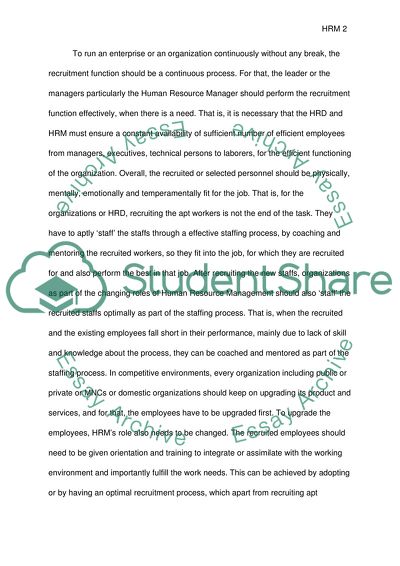Cite this document
(The Stages of the Recruitment Process Term Paper - 20, n.d.)
The Stages of the Recruitment Process Term Paper - 20. Retrieved from https://studentshare.org/human-resources/1729136-human-resource-management
The Stages of the Recruitment Process Term Paper - 20. Retrieved from https://studentshare.org/human-resources/1729136-human-resource-management
(The Stages of the Recruitment Process Term Paper - 20)
The Stages of the Recruitment Process Term Paper - 20. https://studentshare.org/human-resources/1729136-human-resource-management.
The Stages of the Recruitment Process Term Paper - 20. https://studentshare.org/human-resources/1729136-human-resource-management.
“The Stages of the Recruitment Process Term Paper - 20”, n.d. https://studentshare.org/human-resources/1729136-human-resource-management.


